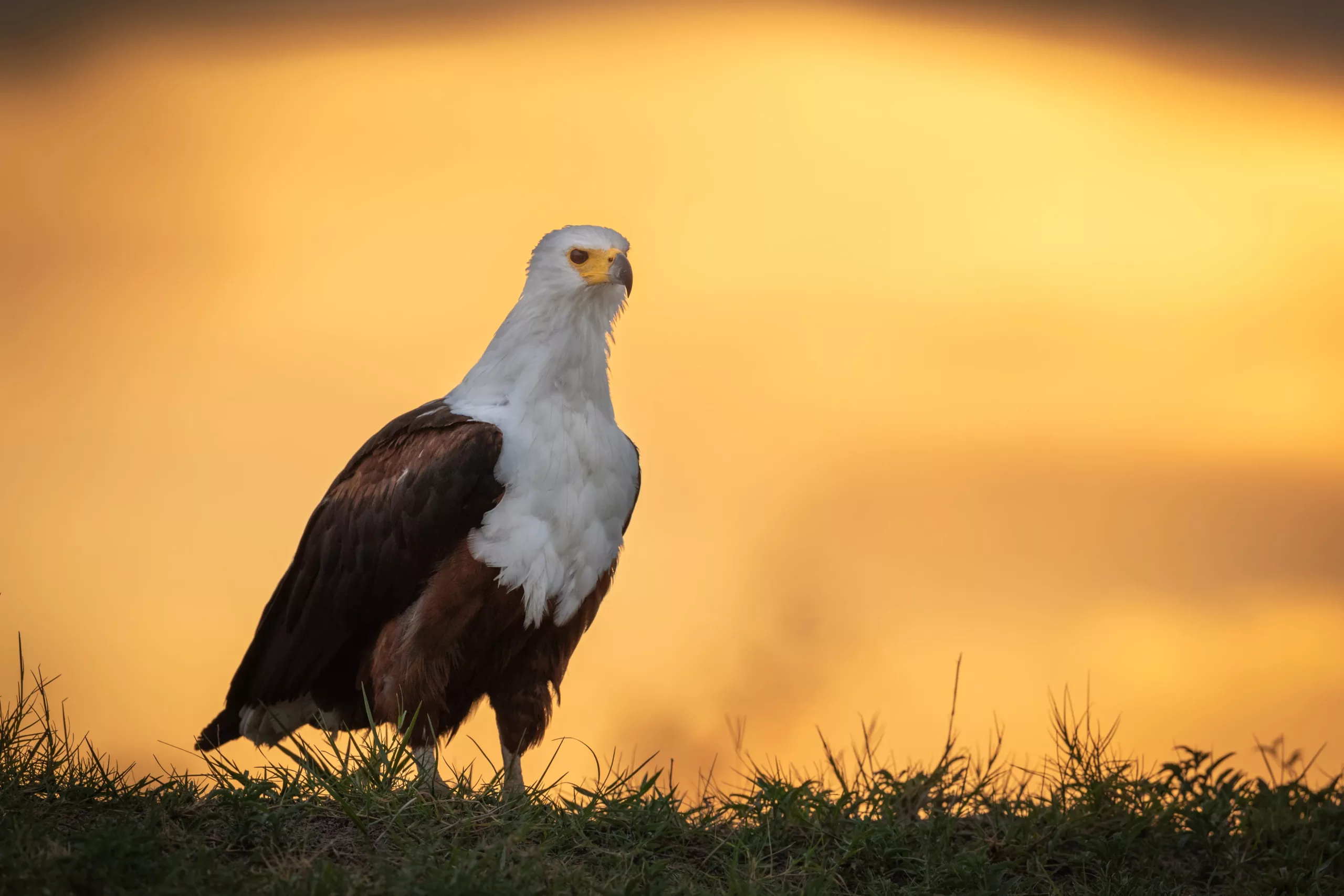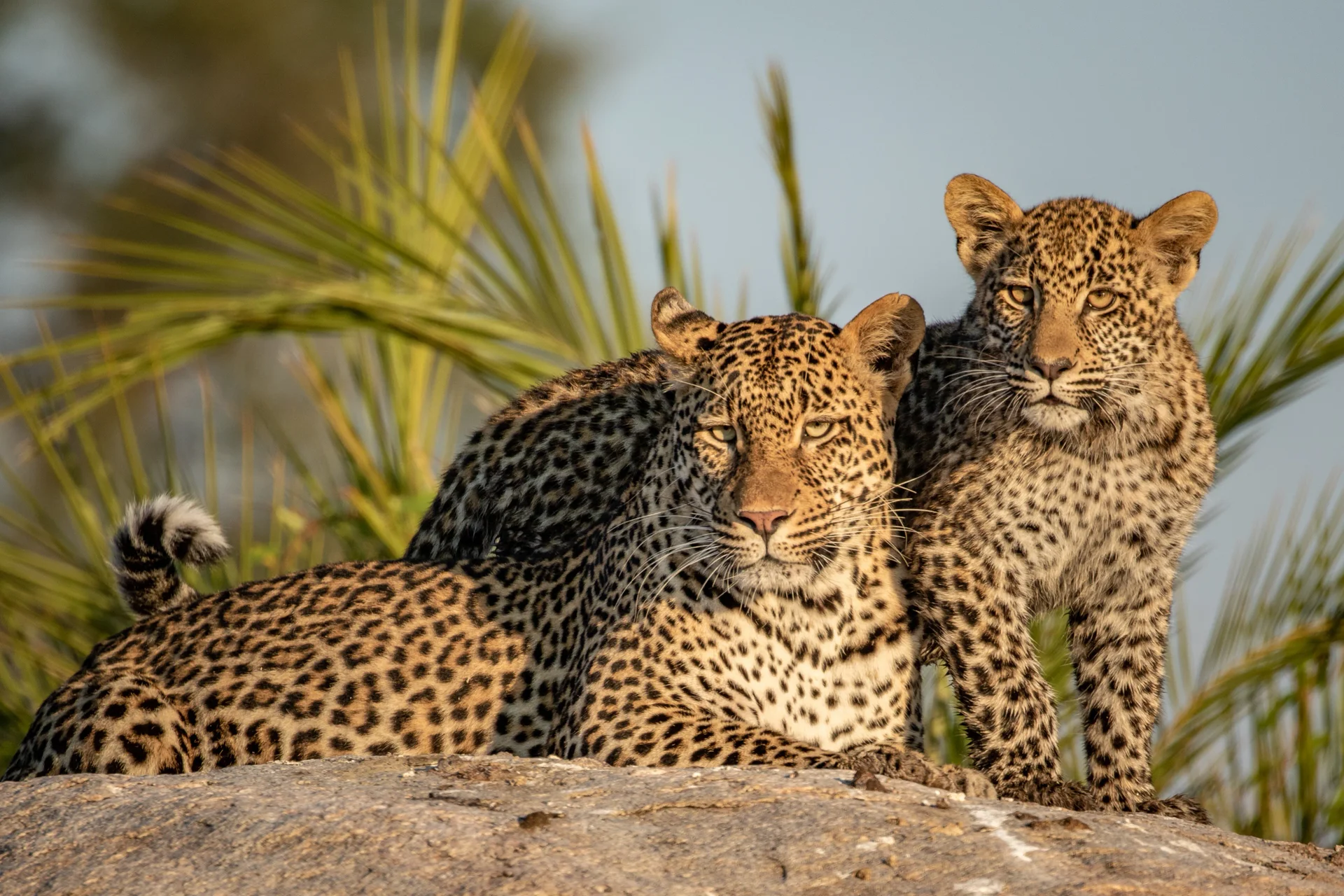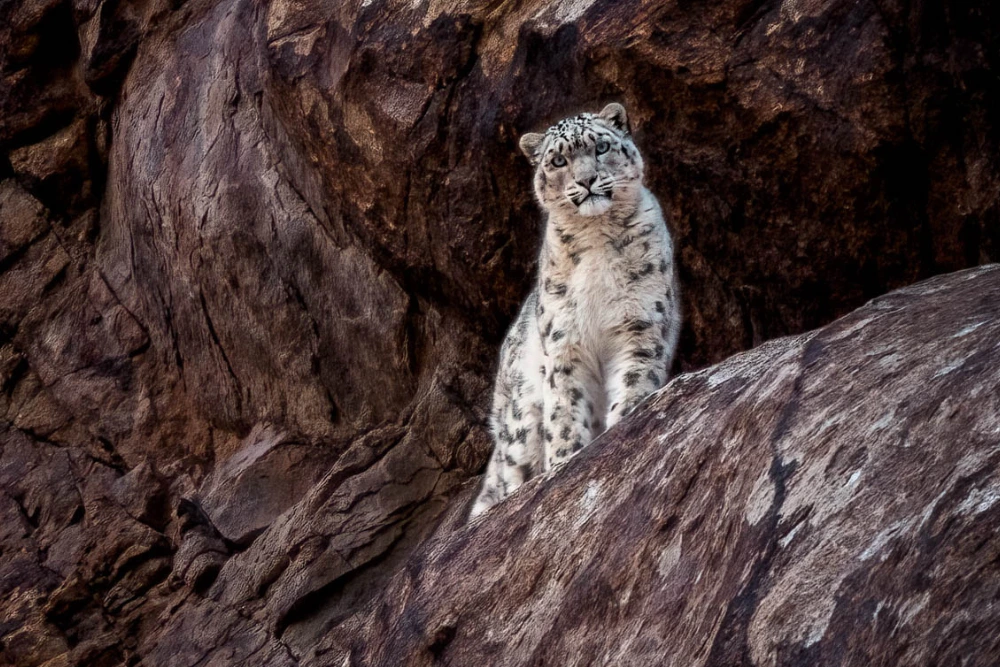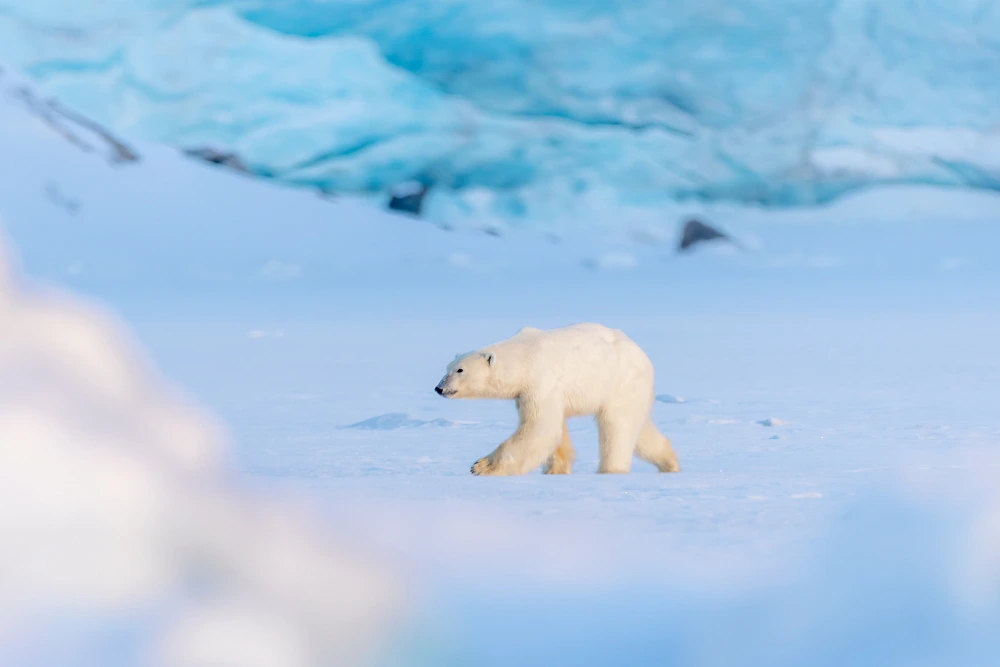African Fish Eagle
African Fish Eagle
Everything you need to know about this iconic African bird of prey.

A perfectly exposed African Fish Eagle
Where do Fish Eagles live?
Fish eagles (Haliaeetus vocifer) are endemic to Sub-Saharan Africa. They are found in many African countries. In fact, the African fish eagle is the national bird of four African countries namely Namibia, Zimbabwe, Zambia and Sudan.
One of the densest African Fish Eagle populations is along the Chobe River in Botswana. This is due to the abundant food supply of fish such as Barbel which is to be found in the Chobe River in very good numbers.
The call of the African Fish eagle is synonymous with the African safari experience. It is incredibly distinctive and when on safari it is highly unlikely that you will not experience this beautiful sound.

A Fish Eagle arches its head back as it calls.
Are African fish eagles related to bald eagles?
African fish eagles is indeed related to the American bald eagle of North America. They are from the same genus Haliaeetus also known as sea eagles which is one of the most ancient genera of the raptors found on Earth today.
Fish eagles and bald eagles share some physical characteristics. They both have predominantly dark brown bodies with white heads and a yellow hook-shaped beak. As far as size is concerned they are very similar indeed with the females often being 25% larger than the males.
There is one more species of African Fish Eagle in Africa and that is the Madagascar fish Eagle which is currently listed by the IUCN as critically endangered.

The Fish Eagles feathers do not extend to the feet.
Is it a true eagle?
The African Fish eagle is not a true eagle. It is regarded as being part of the Sea Eagles. True eagles are identified by having feathers that continue down to the feet of the bird. in the case of the African Fish Eagle, the feathers stop a couple of inches above.
What do African Fish Eagles prey upon?
As you would imagine by their name their diet mainly consists of fish from rivers and freshwater lakes. They are rarely found by the coastline feeding at sea. The Fish Eagle has specialised talons with spiricules that help it to grasp slippery aquatic prey. The Fish eagle can catch and grasp fish up to ten times its body weight. If need be the Fish Eagle will drag its prey to the shoreline without taking off again from the water. It is a very determined bird species.
Along with slippery prey like Barbel (which is the meal of choice in most instances in The Chobe) the African Fish Eagles will prey on other bird species like ducks and geese as well as reptiles like lizards and baby crocodiles. The Fish Eagle has also been known to take mammalian prey like small rock hyrax (also known as dassies).
African Fish Eagles are also kleptoparasites which means that they will steal prey, often from other birds like Goliath Herons and of course each other. You can browse more pictures of the Fish Eagle and other species in Pangolin’s Wildlife PhotoHub Gallery.

A mature fish eagle tries to steal food from a juvenile.
How big is an African Fish Eagle?
The Fish Eagle can grow to a considerable size over its 20-year lifespan. As with most raptors, there is sexual dimorphism in that the female will grow to be 25% bigger than the male fish eagle.
The wingspan of mature male African Fish Eagles can reach to be over 2 metres in length. The female wingspan is around 2.4 meters and they weigh approximately 1 kilogram more at 3.5kgs.
It is difficult to tell the male and female African fish eagle apart but fortunately, they do pair up for life so are often seen next to each other which helps.

A Fish Eagle taking off
Mating and breeding habits of The African Fish Eagle.
As we mentioned African Fish Eagles pair for life and will breed mainly during the dry season when the water levels are lower – which makes fishing easier. They will lay their eggs in nests at the top (or close to the top) of a tall tree.
The pair will lay 2-3 eggs at a time and if the breeding season is a successful one then most likely all three chicks hatch and survive to adolescence. This is particularly common in the Chobe which explains why there is such a healthy African Fish Eagle population in this part of continental Africa.
We have witnessed, on occasion, leopards climbing up to the nests to see if there is an easy snack on offer. This doesn’t happen very often though so the mortality rate of African Fish Eagles is pretty low.
Where is the best place to see and photograph African fish eagles?

Fish Eagles have been known to hunt water monitors in The Chobe
You will find fish eagles in most wildlife environments in Sub-Saharan Africa with a good clean fresh water source like the great rivers of southern Africa and the rift valley lakes of East Africa.
The Chobe River in Northern Botswana has one of the densest populations anywhere in sub-Saharan Africa with the added advantage of being able to photograph them from the water. The eagles in the Chobe fish all day increasing the chances of natural predation as well as conflicts that occur between different eagles and other raptors like yellow-billed kites.
Along the banks of the Chobe River would find two or more nests every 500-600m. They are that prevalent. Throughout our boat trips, you will hear their distinctive cry which helps to identify their position – that and the bright white head contrasting with the brown body!
Sabine demonstrates the Rule of Thirds with a Chobe Fish Eagle.
5 Tips for photographing Fish Eagles.
1. Don’t clip the wings.
When fish eagles take off you have to leave enough room for the spread of the huge wings in the frame. People often get caught out because they compose the image thinking that they have left room for the bird to fly forgetting that the bird will extend its wings vertically to get the power on the downstroke to take off. Leave more than a meter above the eagle to allow for this.
2. Look for the poop.
Just before take-off fish eagles will often”lighten the load” by defecating which is a sure-fire way to know that take-off is imminent.
3. Never bait fish eagles.
Fish Eagles are canny predators and will only stay near to where there Is sufficient prey. they will hunt throughout the day so there really is no need to bait. That’s not wildlife photography – we are there to observe and not interfere. Capturing natural predation is well worth the wait and infinitely more satisfying.
4. Be mindful of wind direction at take-off.
The African Fish Eagle is a relatively heavy bird and needs all the help it can get at take-off. If there is a breeze around with any type of fortitude the bird will turn on its perch and take off into the wind. If it’s a very still day then it can take off in any direction. In that case scan, they are for a nest as that might be the path it will take.
5. Look for eagles at sunset.
Like some of the megafauna of Africa, the African Fish Eagle has a very recognisable silhouette. If you find an eagle enjoying the last rays of sun in the afternoon t

An African Fish Eagle at Sunset in The Chobe
Would you like to come and photograph Fish Eagles in The Chobe with Pangolin Photo Safaris?
Fill out the form below and we’ll be in touch with some options.



Leave A Comment
You must be logged in to post a comment.